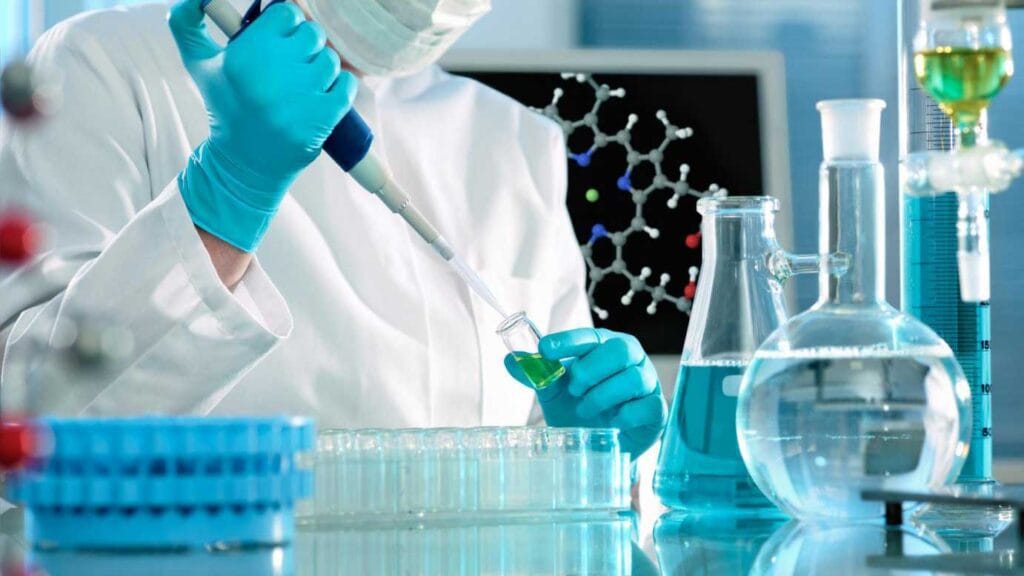Scientists have just unveiled “a new secret” regarding the unprecedented strategy of microalgae to capture carbon and thus contribute to the proper functioning of the climate, announced the French National Center for Scientific Research (CNRS).
The research team, led by the Aix-Marseille Institute of Biosciences and Biotechnology, discovered that two key processes of photosynthesis – the CO2 concentration mechanism and photorespiration – “work hand in hand, rather than in opposition as previously thought,” according to a CNRS statement.
Published in the specialized journal Nature Communications, the study challenges the links between these two phenomena. Until now, it was assumed that microalgae concentrated CO₂ to optimize photosynthesis while “deactivating” photorespiration. However, the researchers showed that these two mechanisms, thought to be antagonistic, cooperate and allow microalgae to survive when CO2 is scarce or becomes limited.
“This dialogue between photosynthesis and photorespiration demonstrates the ability of microalgae to finely adapt to their environment. It is a much more complex acclimatization strategy than we imagined,” explain Yonghua Li-Beisson and Gilles Peltier, co-authors of the discovery.
According to the CNRS, this is a crucial discovery for “better understanding carbon flows related to climate change and which could benefit the bioeconomy.”
Microalgae, these tiny photosynthetic organisms, play an essential role in climate regulation by absorbing nearly half of the atmospheric carbon dioxide (CO₂) that enters ecosystems annually. Through photosynthesis, they fix CO₂ and transform it into biomass, using light as an energy source. However, on geological timescales, when CO₂ became scarcer, CO2 concentration mechanisms emerged in these organisms to limit photorespiration. The precise mechanisms enabling this adaptation have remained poorly understood until now, notes the CNRS.


